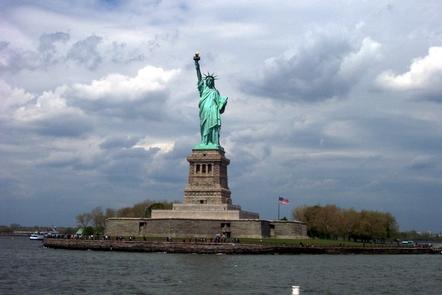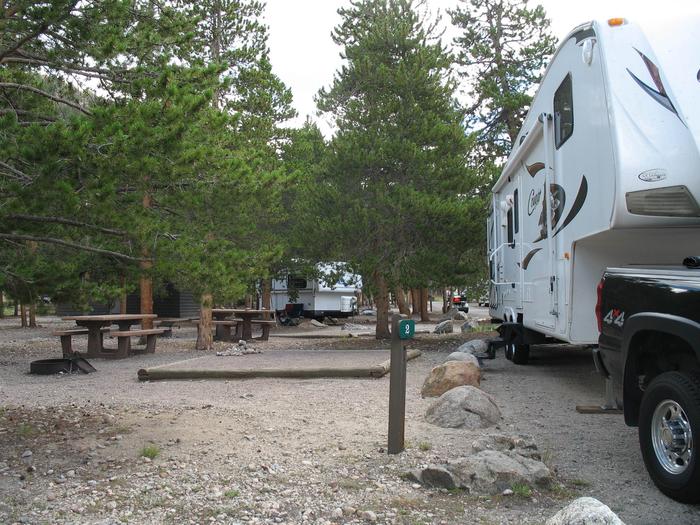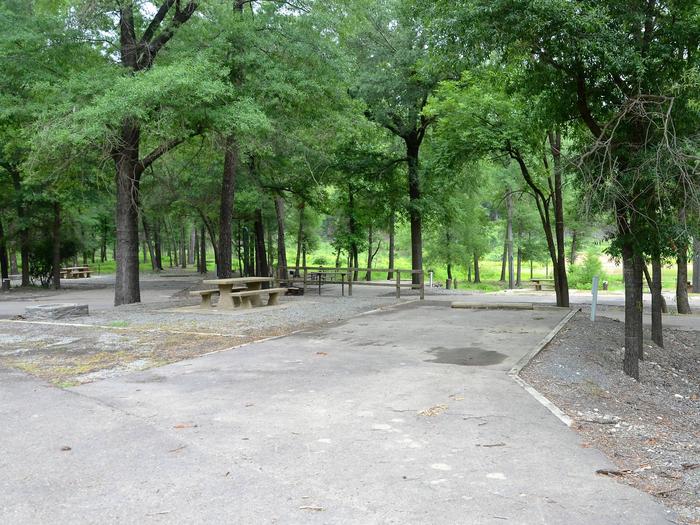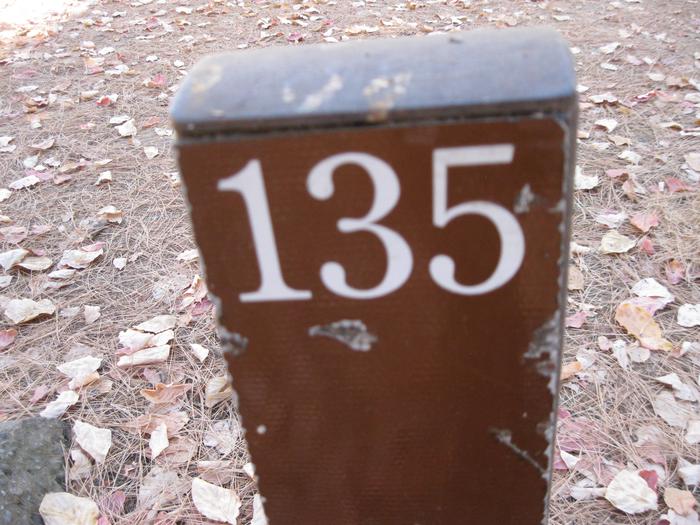Directions
The refuge’s Visitor Center and administrative office is located about 25 miles south of Tallahassee, FL. From Tallahassee, take SR 363 (Woodville Hwy) to Wakulla. Turn left (east) on SR 267 (Bloxham Cutoff). At US 98 (Coastal Hwy), turn left (east) and cross the St. Marks River. Turn right on Lighthouse Road (CR 59) and drive 3 miles to the Visitor Center/Office. [GPS: 30° 9.097′ N 84° 8.845′ W]
Phone
(850) 925-6121
Activities
WILDERNESS
Camping Reservations
Reserve your campsite at these camping areas:
Hiking Trails
Looking for nice hiking areas to take a hike? Choose from these scenic hiking trails:
Related Link(s)
St. Marks National Wildlife Refuge
The St. Marks Wilderness now contains a total of 17,350 acres and is managed by the Fish & Wildlife Service’s St. Marks National Wildlife Refuge. All of the Wilderness is in the state of Florida. In 1975 the St. Marks Wilderness became part of the now over 110 million acre National Wilderness Preservation System.
The U.S. Congress designated part of the St. Marks National Wildlife Refuge as the St. Marks Wilderness in 1975. The refuge is located along the Gulf coast of the Panhandle of Florida, 25 miles south of Tallahassee, the state capitol.
The diverse habitat and abundant wildlife populations make St. Marks NWR one of the most outstanding units of the National Wildlife Refuge System. Visitors view wildlife across primitive saltmarshes, and in hardwood swamps, freshwater pools and lakes, fragrant pine flatwoods and pine-oak uplands. The refuge also protects 32,000 acres of Apalachee Bay that runs along the 40-some mile long coast, where visitors will see pelicans, bottlenose dolphins, manatees, sea turtles. The bay is also a popular saltwater fishing destination.
Whether you are interested in birds, frogs, mammals, snakes, alligators, wildflowers, butterflies or just walking quietly in the woods, St. Marks NWR provides a generous variety of activities for visitors. Besides saltwater fishing, the refuge also boast year ’round freshwater fishing, hiking, birdwatching, seasonal hunting, and educational programs. Nesting birds include the Southern bald eagle, the red-cockaded woodpecker, wood ducks, ospreys and many song and shorebirds. Mammals such as white-tailed deer, black bear, river otter, bobcat, and foxes may be seen in their native habitats. In October, thousands of migrating monarch butterflies pause at St. Marks NWR to feed on their way to Mexico.
Forty-one miles of the Florida National Scenic Trail traverse St. Marks NWR from west to east, including through the eastern portion of the St. Marks Wilderness. Through hikers do qualify for camping permits. Otherwise, all visitor use is daylight use only. Entrance fees apply to the Lighthouse Rd. area of the refuge. The refuge visitor center is open every day except federal holidays and offers visitors many free publications,exhibits, a bookstore, and friendly information about the refuge.




